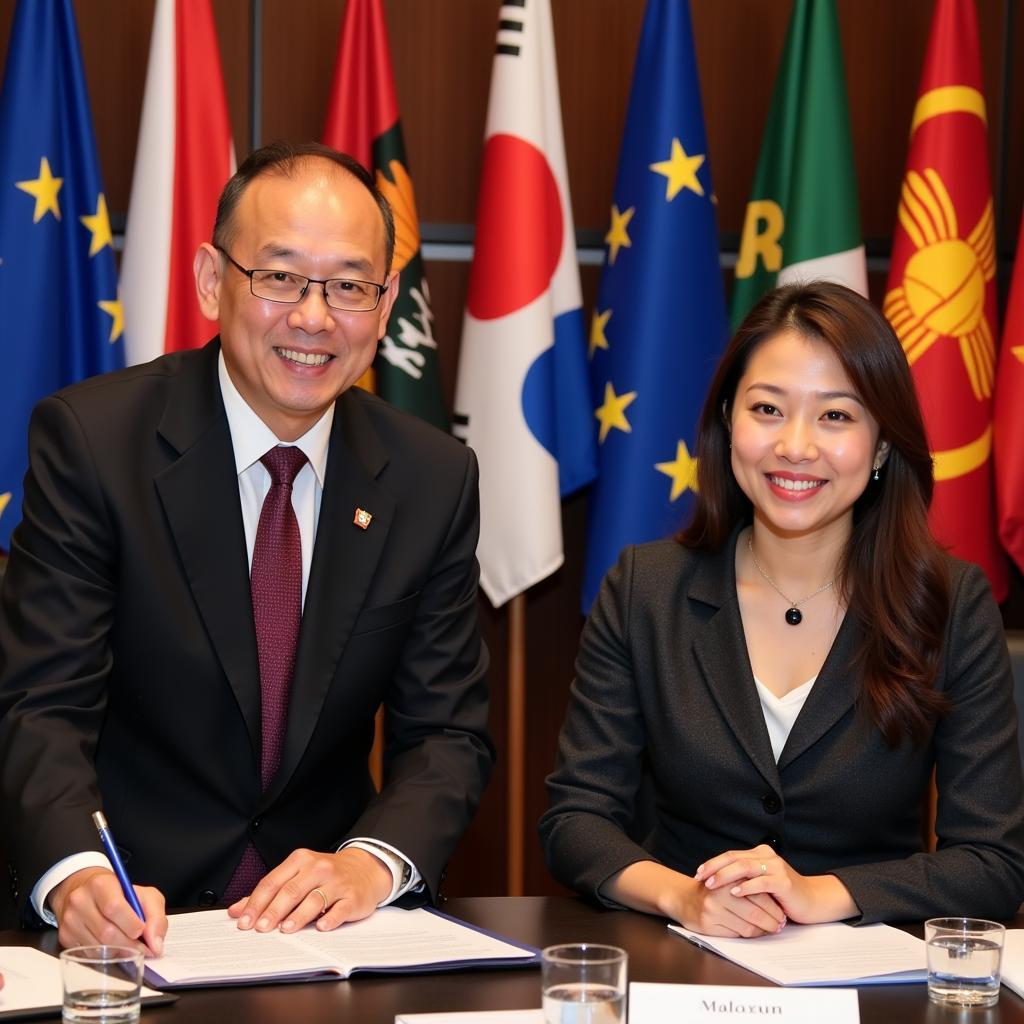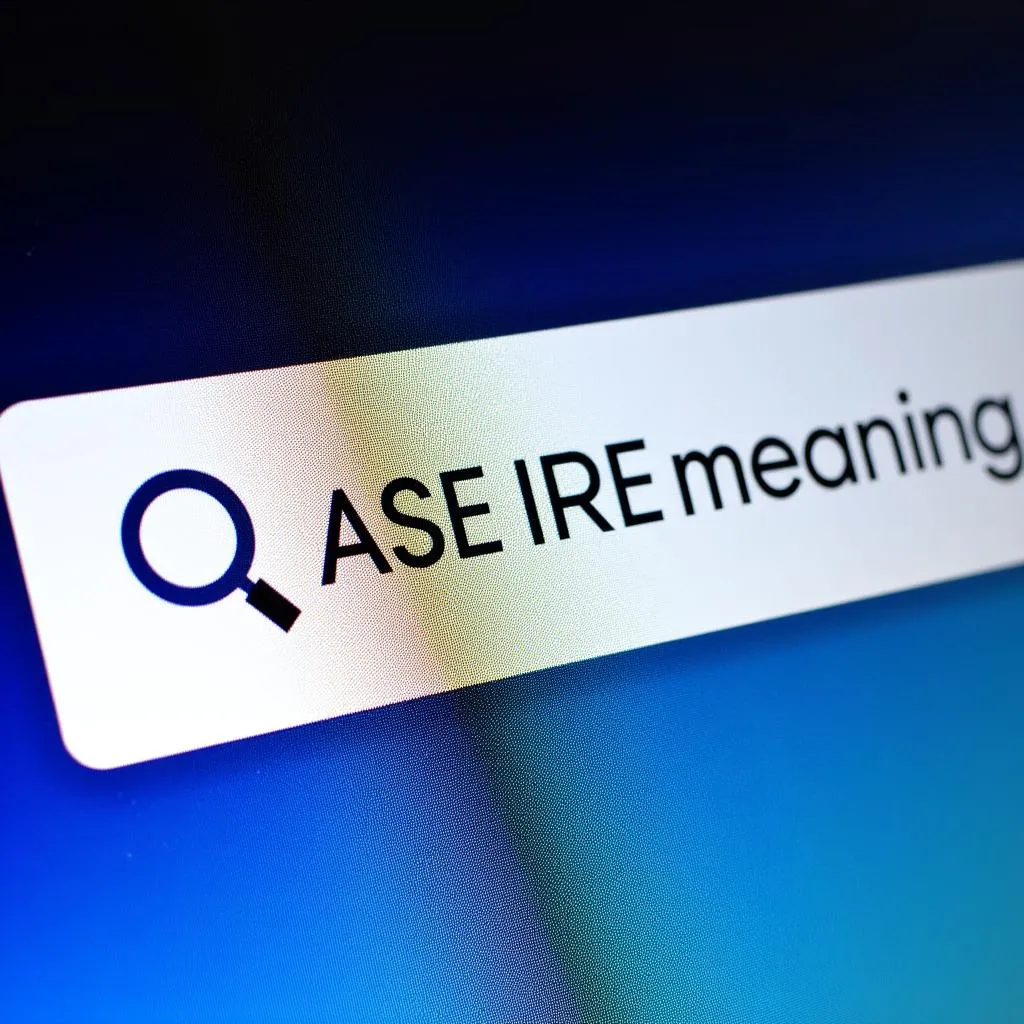The Association of Southeast Asian Nations (ASEAN) and the European Union (EU) stand as two of the world’s most successful regional organizations, each with its own unique characteristics, goals, and challenges. While both entities strive for economic cooperation and regional integration, their approaches and the contexts within which they operate differ significantly. This article delves into the key distinctions and challenges faced by ASEAN and the EU, highlighting the complexities of comparing these diverse regional blocs.
Different Paths to Integration: A Look at Historical and Political Contexts
ASEAN, established in 1967, emerged in the wake of decolonization and Cold War tensions in Southeast Asia. Driven by a shared desire for peace, stability, and economic growth, the founding members prioritized consensus-based decision-making and non-interference in internal affairs. This approach, known as the “ASEAN Way,” has shaped the organization’s gradualist and consultative approach to integration.
The EU, on the other hand, arose from the ashes of World War II with a more ambitious vision of political and economic union. The Treaty of Rome in 1957 laid the groundwork for the European Economic Community, which gradually expanded its scope to encompass political cooperation, a single currency, and a common foreign and security policy.
Economic Integration: Comparing Approaches and Progress
Both ASEAN and the EU have made significant strides in promoting economic integration, albeit through different mechanisms and at varying speeds. ASEAN primarily focuses on trade liberalization and investment facilitation, aiming to create a single market and production base. The ASEAN Free Trade Area (AFTA) has significantly reduced tariffs among member states, while initiatives like the ASEAN Comprehensive Investment Agreement aim to attract foreign direct investment.
The EU, with its single market and customs union, represents a far more integrated economic bloc. The free movement of goods, services, capital, and people within the EU has fostered economic growth and interconnectedness. However, challenges remain in harmonizing regulations, addressing economic disparities among member states, and managing the social and political implications of economic integration.
 European Single Market
European Single Market
Political Cooperation: Navigating Diverse Interests and Values
Political cooperation within ASEAN and the EU reflects their distinct historical trajectories and priorities. ASEAN, characterized by its principle of non-interference, emphasizes dialogue, consensus-building, and practical cooperation on issues of common concern. While the organization has made progress in areas like counter-terrorism, disaster management, and environmental protection, its decision-making processes can be slow and consensus remains elusive on sensitive political issues.
The EU, with its supranational institutions and a more formalized framework for political cooperation, has a greater capacity for collective action. However, the EU also grapples with internal divisions on issues like migration, foreign policy, and the future of European integration. The rise of populism and Euroscepticism in some member states underscores the challenges of maintaining unity and solidarity in a diverse and evolving political landscape.
Challenges and Opportunities in a Changing Global Order
Both ASEAN and the EU navigate a rapidly changing global landscape marked by shifting geopolitical dynamics, economic uncertainties, and emerging security threats. The rise of China, the resurgence of great power competition, and the growing salience of non-state actors present both challenges and opportunities for regional organizations.
For ASEAN, maintaining its centrality and unity in the face of external pressures remains paramount. Strengthening economic integration, enhancing regional connectivity, and fostering closer political and security cooperation are crucial for ASEAN to navigate a complex geopolitical environment.
 ASEAN-EU Cooperation
ASEAN-EU Cooperation
The EU, facing internal divisions and external challenges to its global role, seeks to bolster its strategic autonomy and strengthen its partnerships with like-minded actors. Deepening cooperation with ASEAN on issues of mutual interest, such as trade, connectivity, climate change, and multilateralism, presents a win-win proposition for both regions.
Conclusion: Embracing Dialogue and Cooperation in a Multipolar World
Despite their differences, ASEAN and the EU share a commitment to multilateralism, regional integration, and promoting peace and prosperity. By understanding their respective strengths, limitations, and the challenges they face, both organizations can learn from each other’s experiences and explore new avenues for cooperation.
In an increasingly interconnected world, dialogue, cooperation, and mutual understanding are essential for addressing common challenges and building a more peaceful and prosperous future. As ASEAN and the EU continue to evolve and adapt to a changing global landscape, their partnership holds significant potential for promoting regional and global stability, prosperity, and shared values.
Need support? Contact us 24/7:
Phone: 0369020373
Email: [email protected]
Address: Thon Ngoc Lien, Hiep Hoa, Bac Giang, Vietnam.
